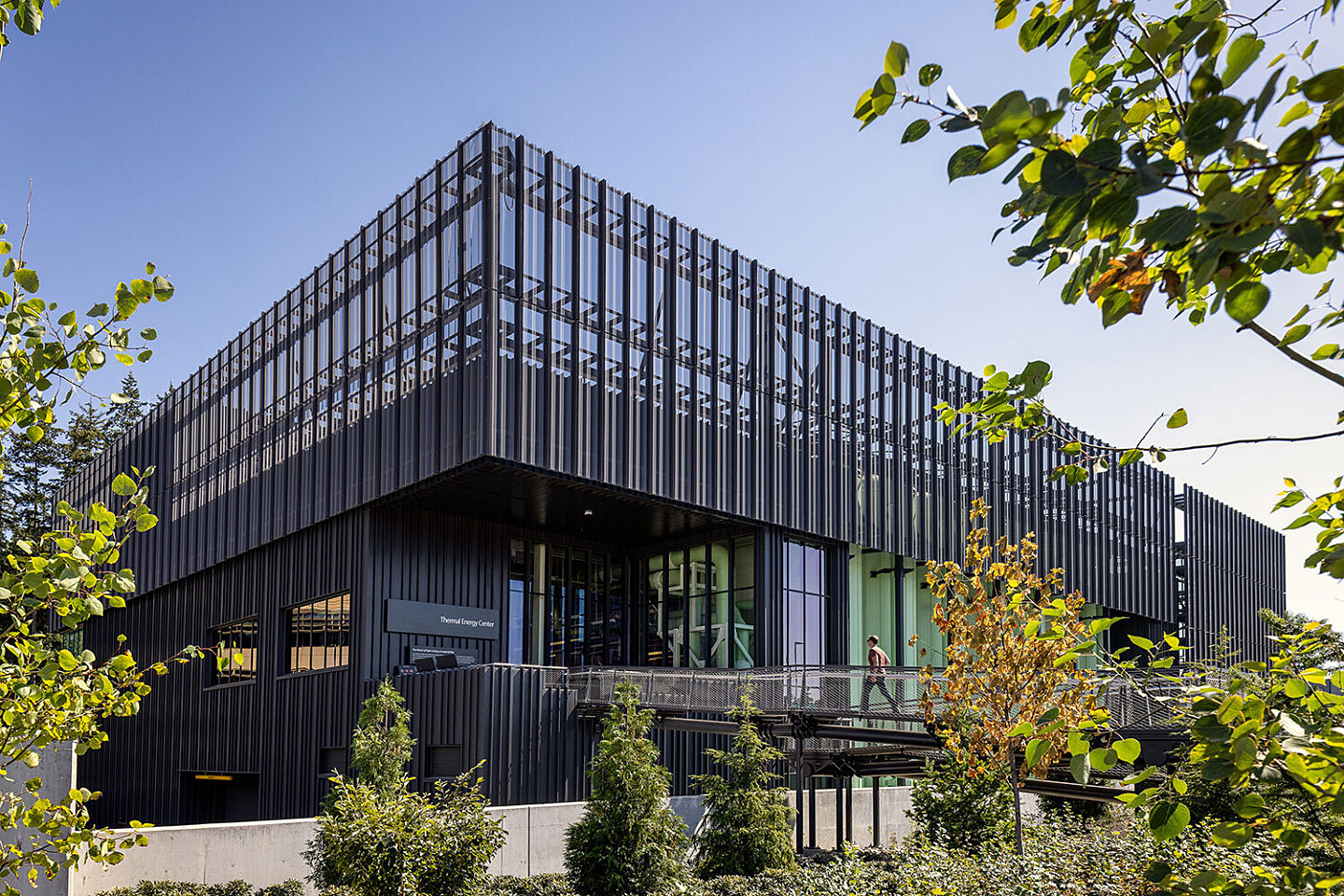Projects

News 12.11.2023
Northwest Project of the Year 2023: Microsoft Thermal Energy Center
The Microsoft Thermal Energy Center is ENR NW's Project of the Year.
ENR NW
External Source

The technology incorporated in new buildings is continually evolving, particularly when it comes to MEPF scopes of work. One of the latest and most exciting developments that contractors are working to master are Firefighter Air Replenishment Systems (FARS). FARS are standpipes for replenishing firefighter air tanks during emergencies, much like the standpipes that supply water to fight fires.
Imagine you are a firefighter ten stories up a smoke-filled building when your air tank drops to 20% capacity. You need to get out quickly. What if you could refill your tank at once and continue your mission? FARS makes that happen! This newer capability dramatically reduces the risk of a firefighter left stranded without air and it allows them to focus on an emergency by reducing travel time up and down a building – improving safety and efficiency.
While cities across 21 other states require FARS, Bellevue is the first in the Puget Sound region, mandating FARS in all new high-rise buildings and transportation tunnels over 300 feet long.
In 2015, the International Fire Code Appendix L introduced FARS. The City of Bellevue adopted this code for projects that applied for building permits in 2018 or later. Now, a few years have passed, and those large high-rise projects that obtained permits in 2018 or shortly thereafter are nearing completion. GLY recently completed the commissioning process for a new office development in Bellevue, making it one of the first in our region to incorporate this system.
In the three-building office development mentioned above, bottle fill stations are provided on every third floor above grade and on selected garage levels below grade. Air is provided from large storage tanks and distributed at 6,000 PSI via stainless-steel piping to each fill station. A special mechanical room contains compressed-air storage tanks, a booster pump, and an air quality monitoring system to make sure that firefighters are always breathing clean air. Piping is routed through special two-hour rated phenolic conduit to air filling stations in stairwells and fire rated closets.
The team faced a learning curve and some expected challenges, given the novelty of this technology in both the industry and the region. Here is what to expect when integrating FARS on future projects:
If you’re curious about FARS and want to learn more, please reach out to me, or visit www.rescueair.com. Big thanks to Western States Fire Protection for delivering a high-quality installation and for their leadership in advancing this emerging safety feature, which plays a crucial role in keeping our first responders safe!

MEP+CX Manager
LEED AP BD+C, BCXA CCP
Bryce is a mechanical systems and commissioning expert and a self-described Swiss army knife. He gets involved during preconstruction assisting with MEP scopes of work. During construction, he becomes hyper focused on QA/QC processes and procedures. On the back end of the job he develops closeout and inspection schedules and plans for startup and commissioning. He is a passionate alumnus of Washington State University, where he studied Construction Management, and minored in Business. His wife, two kids, two dogs, and Macaw parrot keep life busy but fun. Their latest achievement? Building a house together!